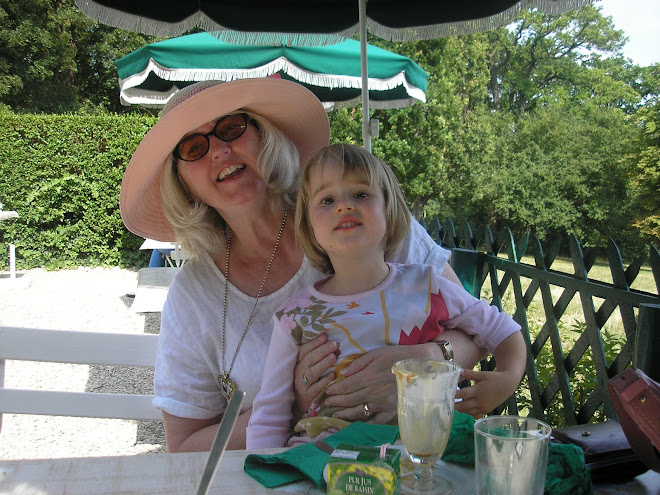The following characteristics of Arthurian or Medieval Romance also apply to fairy tales and may illuminate such Romances as The Scarlet Letter:
All Romances (including fairy tales) involve progression--spiritual, moral, emotional
Use elements of both realistic and supernatural worlds
Begin on a Christian feast day, such as Christmas or Pentecost
Hero called to begin a quest--usually to rescue heroine or defeat an enemy
Quest becomes a test of hero's identity
Hero leaves the court to achieve his quest, often wandering into the forest, far from court where he encounters beasts, monsters, and notorious knights
Hero achieves quest and returns to court, confident that he has fulfilled his purpose or attained
his identity
Characters often flat and interchangeable--archetypes such as the knight whose strength comes his purity, the innocent and beautiful damsel, and the sorceress who plots against the hero
Hero often rewarded with marriage to a beautiful damsel as evidence of his attaining maturity
In contrast to epic or tragic works (and their world views), Romances involve suffering but end happily
The world view of Romances suggests a providential order, or divine force guiding the action, so that good characters are rewarded and bad characters meet with bad ends (the forest or wilderness provide tests of character)
Tuesday, September 2, 2008
Subscribe to:
Post Comments (Atom)








1 comment:
This article is true, but only half-true. It seems like only the fairy tale part of romance, but I thought there was a darker side like Moby Dick and the stories by Edgar Allen Poe.
-I'm not sure if I'm supposed to write this here or on the wiki but my comp. seems to refuse to load the page.
C. Alexander per.3
Post a Comment